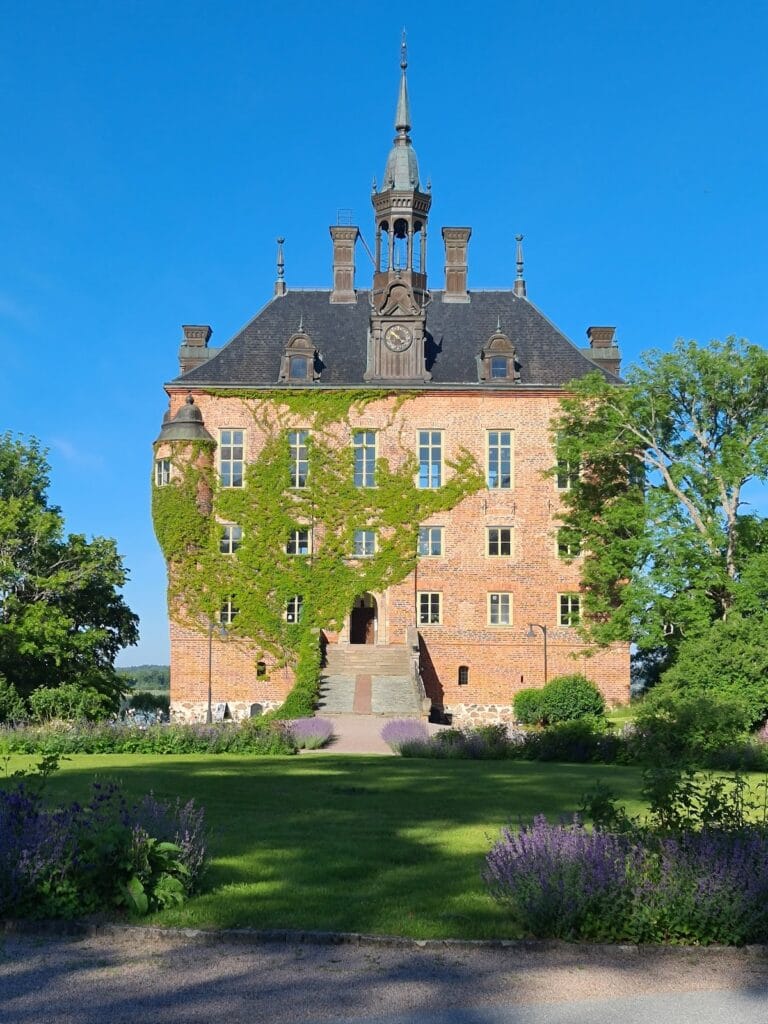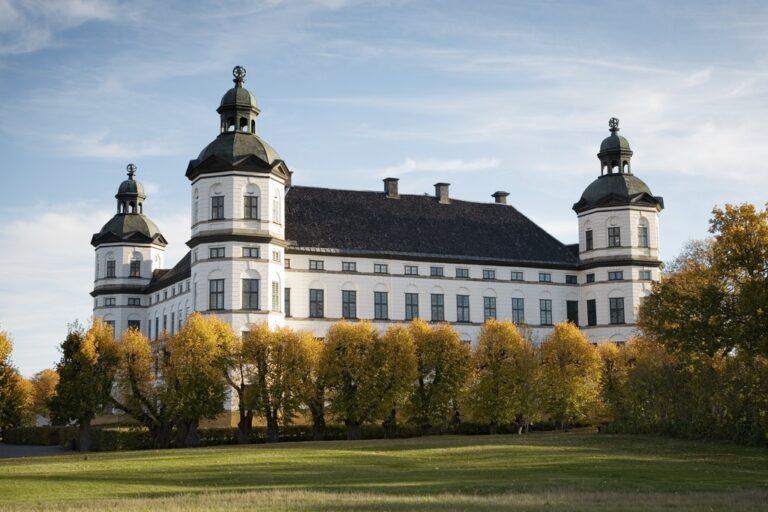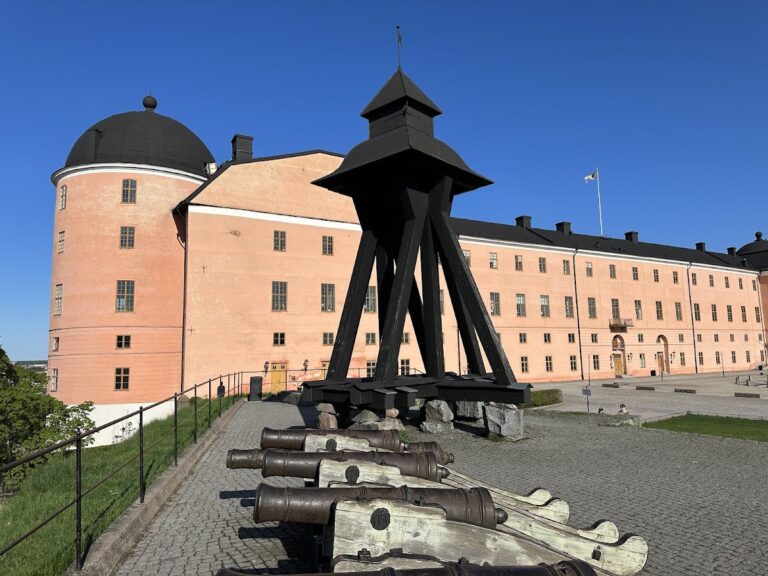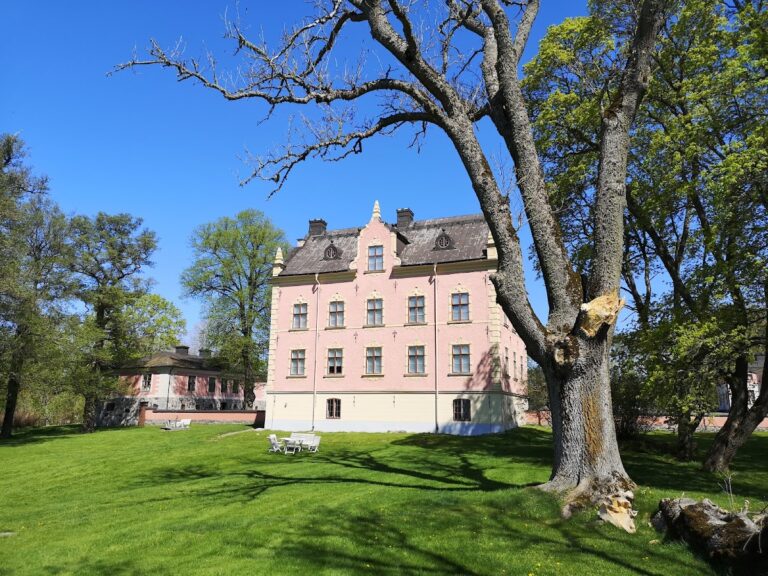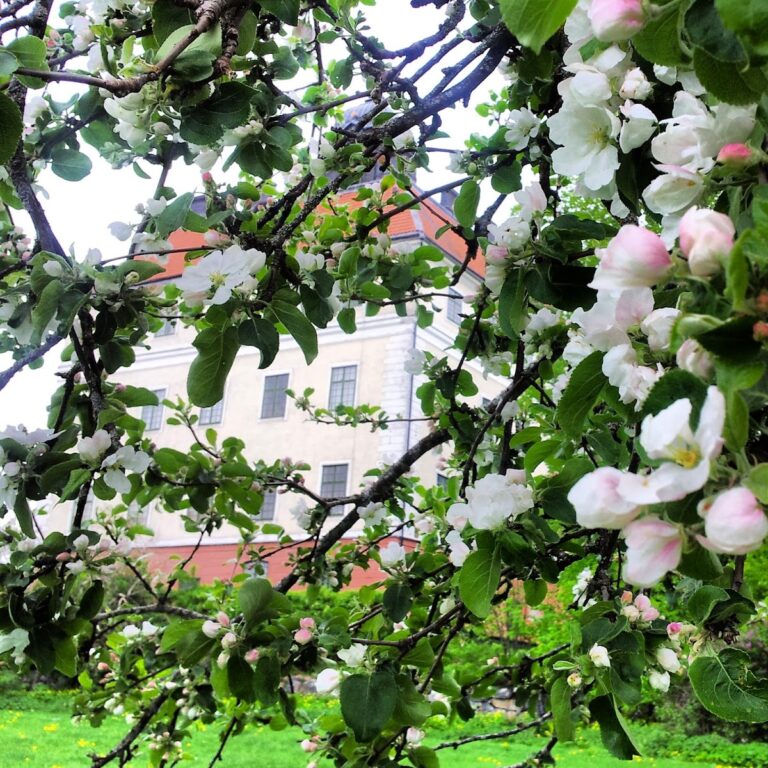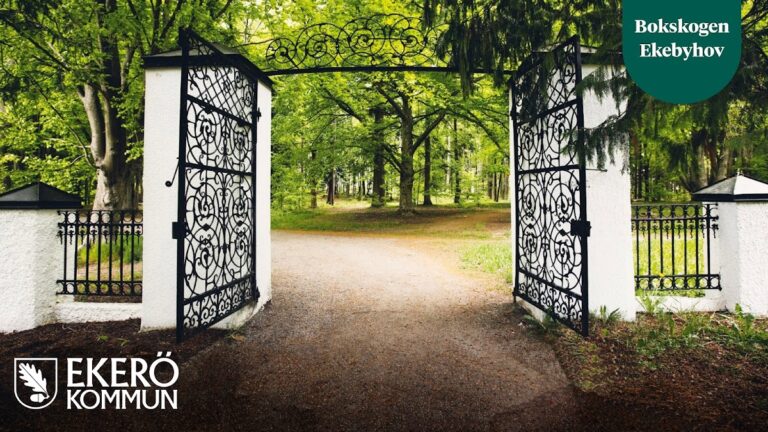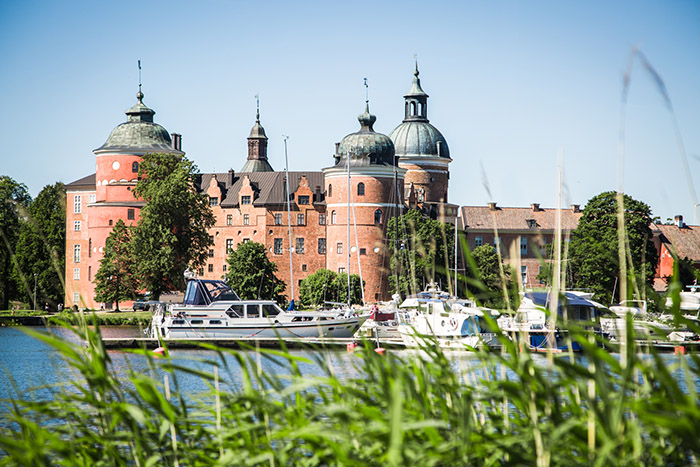Wik Castle: A Medieval Fortress and Cultural Venue in Uppsala, Sweden
Visitor Information
Google Rating: 4.3
Popularity: Medium
Google Maps: View on Google Maps
Official Website: www.wiksslott.se
Country: Sweden
Civilization: Medieval European
Remains: Military
History
Wik Castle, situated in the municipality of Uppsala in Sweden, was originally built by medieval Scandinavian nobility. It stands near Lake Mälaren and has roots tracing back to the early 14th century, with the estate first recorded in 1303 as the home of Ramborg Israelsdotter (And) and her husband Arvid Gustavsson (Sparre of Vik).
The castle’s initial construction likely occurred around 1450, during the late Middle Ages, in the form of a fortified tower house made of stone and brick. This phase reflects its role as a defensive stronghold typical of the period. Ownership transferred through several noble families over the centuries, including the Bielke and Sparre, with significant building activity attributed to the Bielke period in the late 14th to 15th century. The site’s name has been historically spelled as Wik or Wijk, reflecting older Swedish orthography.
A notable chapter in the castle’s history came in 1521 during the Swedish War of Liberation. Wik Castle endured a siege lasting over a year, led by Gustav Vasa, who would later become king and establish Sweden’s independence from Danish rule. The defenders, commanded by Knut Nilsson (Sparre of Ellinge), held the castle during this prolonged military engagement.
In the 17th century, the castle was modernized, including interior refurbishments and structural expansion with wooden wings. Around the 1670s, Mathias Spihler designed a landscaped park on the grounds, signifying a shift from purely military purposes to residential and representational functions.
During the 19th century, architect Fredrik Wilhelm Scholander undertook an exterior restoration between 1858 and 1860, shaping the castle’s appearance into what is largely seen today. This work preserved and enhanced the medieval character while adapting the building to contemporary tastes.
For over six centuries and 24 generations, Wik Castle remained under noble ownership until it was sold in 1912. The estate changed hands again in 1923, when Uppsala County Council acquired it and established a folk high school, indicating a new role in education and public service.
In the 20th century, Wik Castle became associated with notable cultural and scientific figures. It was the birthplace of Svante Arrhenius, who received the Nobel Prize in Chemistry in 1903. Additionally, in the early 1970s, the castle’s interiors were used by the ensemble Joculatores Upsalienses to record music from the medieval and Renaissance periods, highlighting its continuing cultural significance.
The site was officially recognized as a Swedish national monument on December 3, 1982, reflecting its historical importance. Today, Wik Castle functions primarily as a venue for conferences and cultural activities, maintaining its longstanding connection to Swedish history and heritage.
Remains
Wik Castle presents a well-preserved example of a medieval fortress designed as a large tower house. Its construction primarily utilized stone and brick, materials chosen for defense and durability in the mid-15th century. The original fortress retains much of its medieval character, underpinning its reputation as one of Sweden’s best-preserved castles from that era.
The building’s structure was later expanded in the 17th century with the addition of wooden wings. These extensions reflect changing architectural trends and a move towards more comfortable, residential use. Alongside the structural changes, a formal park was laid out during the same century by architect Mathias Spihler, creating landscaped grounds that included walking paths and spaces for leisure, supplements to the castle’s defensive origins.
In the 19th century, restoration work by Fredrik Wilhelm Scholander altered the castle’s exterior to its current form, balancing respect for the medieval construction with updated aesthetics. This restoration has helped preserve the castle’s fabric while enhancing its visual presence.
The castle complex also includes several ancillary structures considered historically valuable. These contribute to the understanding of the estate’s operation over centuries, though specific details on each are limited. Surrounding the castle is a substantial natural park that features interpretative signage, allowing for appreciation of both the landscape and historical context.
Within the main castle building, the conference center occupies fifteen meeting rooms, eight of which are housed in the medieval sections. Accommodation is provided across four separate hotel buildings scattered on the estate, offering between 86 and 88 beds in total. The setting near the northern shore of Lårstaviken bay affords the site a bathing area with piers and spacious grassy fields, though these features relate more to the estate’s modern function than its historical phases.
Overall, the surviving fabric of Wik Castle offers a continuous narrative from its 15th-century defensive origins through its 17th-century adaptation and 19th-century preservation. The castle’s intact medieval core and associated grounds provide an enduring testament to its layered history.

